Cherry planting method
It is actually very difficult to grow cherries. The difficulty of planting cherry trees is mainly due to the characteristics of cherry roots. Cherry roots are shallow, afraid of drought; great demand for oxygen, afraid of stagnant water. Therefore, the ancient Chinese used to say that cherries are delicious and difficult to plant. Let's share how to grow cherries.
I. soil management
First of all, cherry producing areas should be selected in agricultural production areas with good ecological conditions, far away from pollution sources and sustainable production capacity.
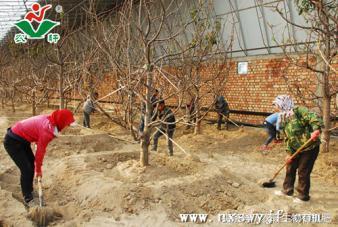
Soil management
1. Dig deeply to improve the soil. It is divided into trenching and the whole garden. Before planting, mountain orchards should be ditched first, with a width of 100cm and a depth of about 60cm, and can be backfilled after trenching. When backfilling, mix with cherry organic fertilizer, topsoil on the bottom, subsoil on the upper layer, and then fully irrigated to make the soil solid. The whole ploughing of the whole garden is generally carried out in autumn combined with the application of base fertilizer in autumn, and the depth is about 20cm.
2. Ploughing. After rainfall or irrigation in the growing season, ploughing and loosening the soil in time to keep the soil loose and free of weeds. The depth of ploughing is 5cm-10cm to adjust the temperature and preserve soil moisture.
3. Covering grass and burying grass. Grass mulching is carried out after fertilization and irrigation in spring. Covering materials can be wheat straw, wheat bran, corn straw, hay and so on. Cover the mulch under the canopy with a thickness of 10-15cm, press a small amount of soil on it, and turn it shallowly after 4 years. It can also be combined with deep opening of large ditches and burying grass to improve soil fertility and water storage capacity.
4. Planting green manure and grass between rows. Interrow grass planting clover, alfalfa and so on to increase soil organic matter.
II. Fertilization
1. The principle of fertilization. To maintain or increase soil fertility and soil microbial activity mainly by organic fertilizer and supplemented by chemical fertilizer. The fertilizer applied should not have adverse effects on orchard environment and fruit quality.
2. Types of fertilizers allowed to be used. (1) Commercial organic fertilizer, including organic fertilizer, fruit tree organic fertilizer, cherry bio-organic fertilizer, foliar fertilizer and so on. (2) fully mature farm fertilizers, including compost, stable manure, green manure, cake manure, etc. The use of fertilizer products that have not been approved for registration is prohibited.
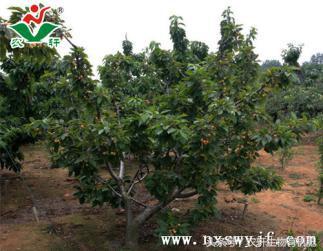
Cherry tree
3. Fertilization method and quantity
(1) base fertilizer. Mainly organic fertilizer for fruit trees, mixed with a small amount of nitrogen fertilizer. The amount of fertilizer applied is calculated according to the application of 1.5kg-2.0kg organic fertilizer to 1kg fresh fruit, and 2000kg-3000kg fruit tree organic fertilizer is applied per mu in the orchard in the full fruit period. The main application methods are ditch application or sprinkling, and we can also refer to other fruit tree fertilization methods according to the actual situation of fruit trees.
(2) topdressing. Three times a year, the first time before and after sprouting, mainly nitrogen fertilizer; the second time in the flower bud differentiation and fruit expansion stage, mainly phosphorus and potassium fertilizer, mixed use of nitrogen, phosphorus and potassium; the third time in the late fruit growth, mainly potassium fertilizer. The amount of fertilizer application is determined by local soil conditions and fertilization characteristics. In general, nitrogen 1.0kg, phosphorus 0.5 kg and potassium 1.0kg are required for each production of 100kg sweet cherry. The method of fertilization is to open ditches under the crown, ditch deep 15cm-20cm, and irrigate in time after topdressing. The last topdressing was carried out 30 days before the fruit harvest.
(3) foliar spraying. In the whole year, there are 5 times in the whole year, 2 times in the early growth stage, mainly nitrogen fertilizer, and 3 times in the later stage, mainly phosphorus and potassium fertilizer, which can supplement the trace elements needed for the growth and development of fruit trees. The concentration of commonly used fertilizers: urea 0.3% Mel 0.5%, potassium dihydrogen phosphate 0.2% MUE 0.3%, borax 0.1% MUE 0.3%. The last foliar spraying was carried out 20 days before the harvest time.
Third, shaping and pruning
Mainly adopt improved spindle or spindle pruning to improve shaping and pruning technology. In winter pruning, cut off the disease and insect branches, remove the diseased fruit, strengthen the cherry growing season pruning, pull the branches open, and timely remove the upright branches, dense branches and sprouting branches at the saw mouth in the crown, so as to increase the ventilation in the crown.
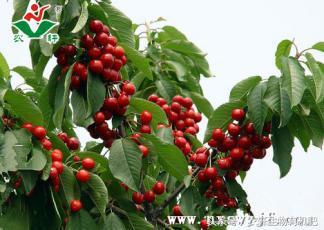
IV. Flower and fruit management
Focus on pollination at flowering stage, thinning of flowers and fruits, understanding of common freezing injury and prevention methods of fruit trees, scientific watering and so on. Release bees or wall bees during flowering, and use feather duster to assist pollination. Flower thinning can be combined with winter shearing and flowering re-shearing, and fruit thinning is generally carried out after physiological fruit drop.
In addition to the above planting methods, it is usually necessary to do a good job in pest control of cherry trees. Now do a good job in cherry planting management in winter, cherry can have a good harvest next spring, so that the planting of cherry trees is no longer difficult.
- Prev
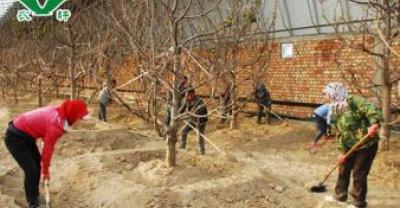
Planting season and method of Platycodon grandiflorum: how to plant Platycodon grandiflorum and when to plant it? Points for attention in planting Platycodon grandiflorum
Under normal circumstances, the market purchase price of fresh Platycodon grandiflorum per kilogram of first-class goods is 2.6-6.0 yuan, and the purchase price of dry goods is 12 yuan per kilogram. At present, the city of Kikyo.
- Next
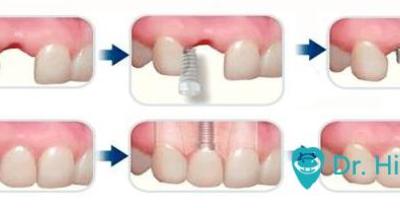
Is dental implant better than dental inlay?
What is the implant tooth (click on the upper right corner to pay attention) the implant tooth is implanted with an artificial root (similar to a screw) on the alveolar bone of the missing tooth.
Related
- Fuxing push coffee new agricultural production and marketing class: lack of small-scale processing plants
- Jujube rice field leisure farm deep ploughing Yilan for five years to create a space for organic food and play
- Nongyu Farm-A trial of organic papaya for brave women with advanced technology
- Four points for attention in the prevention and control of diseases and insect pests of edible fungi
- How to add nutrient solution to Edible Fungi
- Is there any good way to control edible fungus mites?
- Open Inoculation Technology of Edible Fungi
- Is there any clever way to use fertilizer for edible fungus in winter?
- What agents are used to kill the pathogens of edible fungi in the mushroom shed?
- Rapid drying of Edible Fungi

